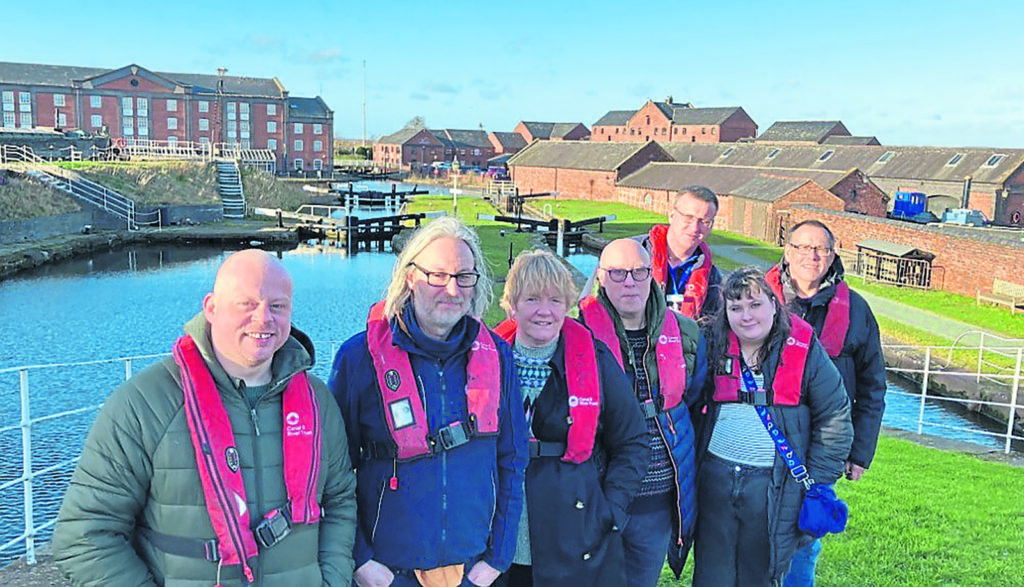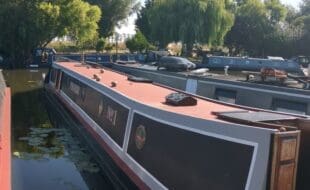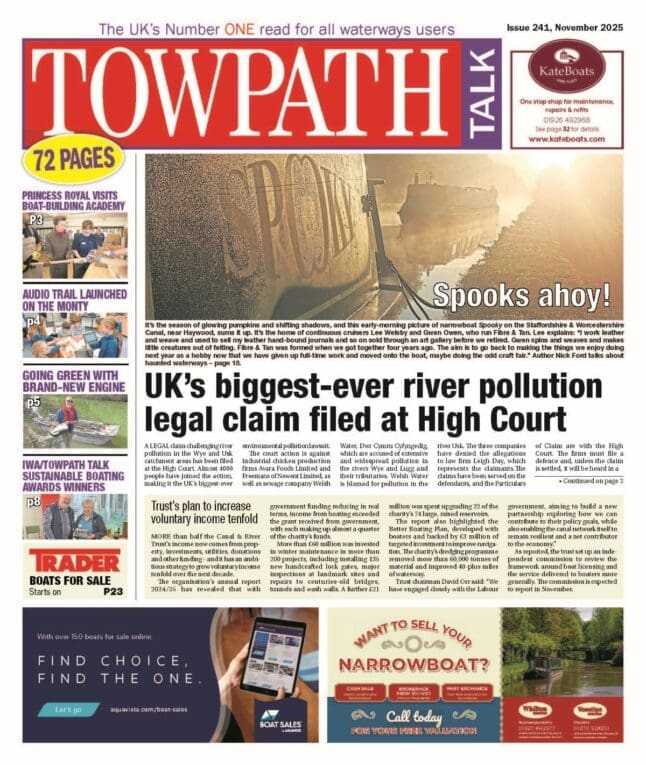A VOLUNTEER-LED heritage survey of 2000 miles of canal network in England and Wales has started this year – the first in more than three decades.
The work, which will take four years to complete, will create a vast digital database which will detail the history of the network and its associated structures. This is being made possible thanks to funds raised by players of People’s Postcode Lottery.
Organised by the Canal & River Trust, the work started in the North West with the 127-mile-long Leeds & Liverpool Canal. A team of 25 volunteers has started the survey between Wigan, Leigh and Liverpool. It will then be rolled out across the trust’s network of canals that span England and Wales.

Bill Froggatt, heritage adviser at Canal & River Trust, explained: “Thirty years after the first survey was completed, our charity has secured the funding to be able to go out and update and add to those original records. Using the support of our wonderful volunteers and embracing modern mobile technology, it will be a project that celebrates this wonderful legacy from our industrial past and helps preserve it for the future.”
Bill explained: “Today the love for canals is burning bright. There are more boats on the network than at the height of the Industrial Revolution and the towpath is used by millions of people each week to get close to nature and to improve health and well-being by spending vital time in quality and much-needed green space by water.
“The new survey will give us important information on how canals have changed over the intervening years. It will also give us the opportunity to survey canals that have been restored since the first survey was conducted.”
The project will chart how the charity’s canals, and the wider canal corridor, have changed over the past 30 years by updating and augmenting a joint British Waterways and Historic England survey of canals completed back in the early 1990s.
The previous early 1990s government agency-run survey recorded, using pen and paper, the physical engineering feats of the industrial age such as the centuries-old locks, bridges, aqueducts and tunnels – including many of the 10,000 such structures looked after today by the Canal & River Trust.
The new survey will record buildings associated with the canal, locks and lock cottages, bridges, aqueducts, tunnels, wharfs, warehouses and stables. It will also include important detail such as mileposts, horse ramps and cobbles that make up the rich fabric of Britain’s unique and much-loved canal network. Later features such as the Second World War pillboxes built along the canal, between Wigan and Liverpool in 1940, will also be recorded.
As well as physically surveying and photographing what’s present along the ageing canal network, the team will also utilise historical maps, photos and archive text to chart as much as possible about what has been lost or changed since the canal network’s use as a freight network hundreds of years ago and since the last survey more than 30 years ago.
The study will also take the opportunity to consider lost or hidden heritage, for example archaeological heritage in the case of known previously demolished canalside buildings, where development is due to take place.
The first survey ran from 1988 to 1993 and recorded more than 12,000 historic structures. Around 30,000 photographs were taken as part of the project and the information and photographs recorded provided an important archive of inland waterway heritage at that time and is still used today.
Bill added: “The historic structures on our inland waterways come in all shapes and sizes, from the majestic aqueducts such as Pontcysyllte to the humbler humpback bridges, marked by the ropes of thousands of passing boats, to locks and milestones.
“These historic structures are still in use today, providing some of the world’s finest examples of living industrial heritage and providing much-needed outdoor space for 10 million people that visit the canals each year.”




